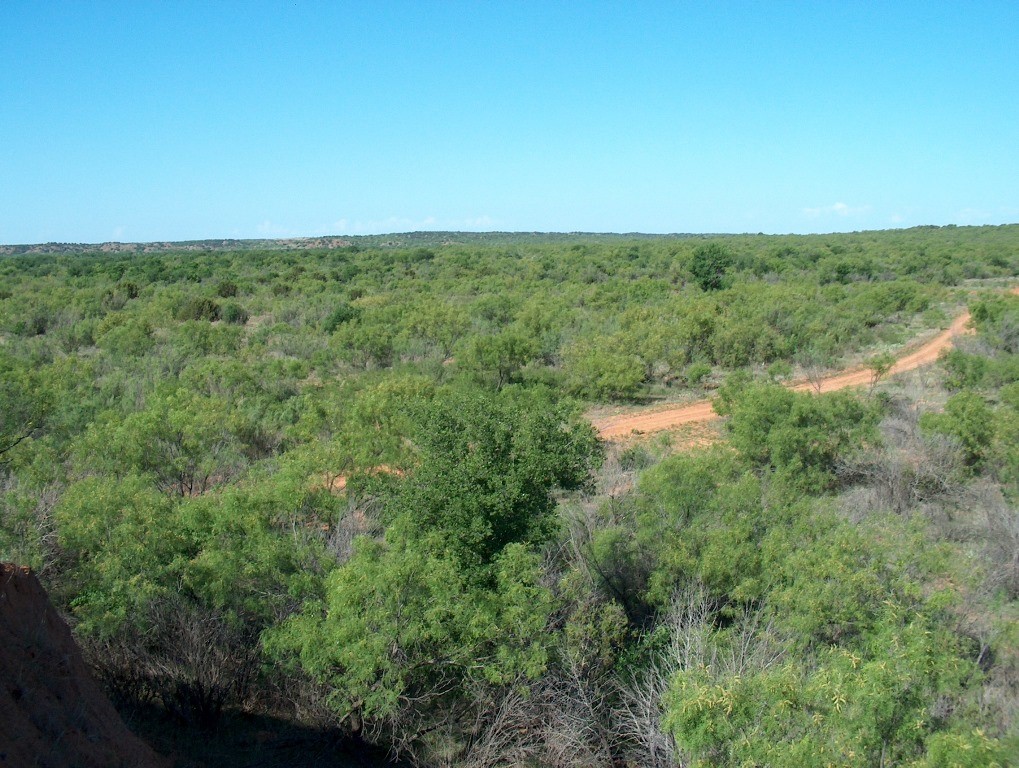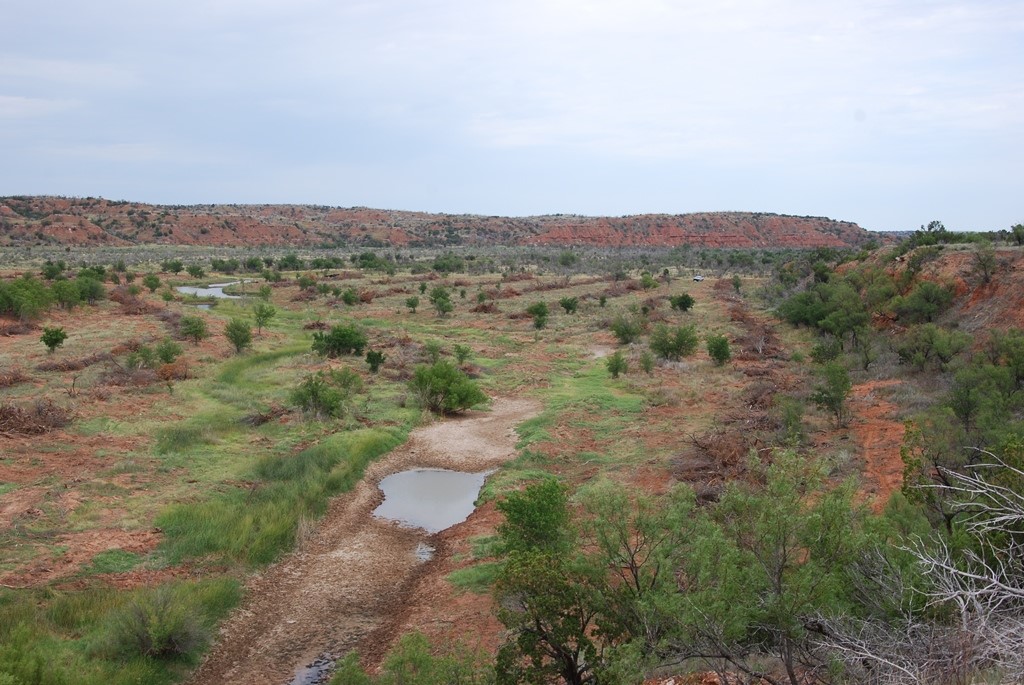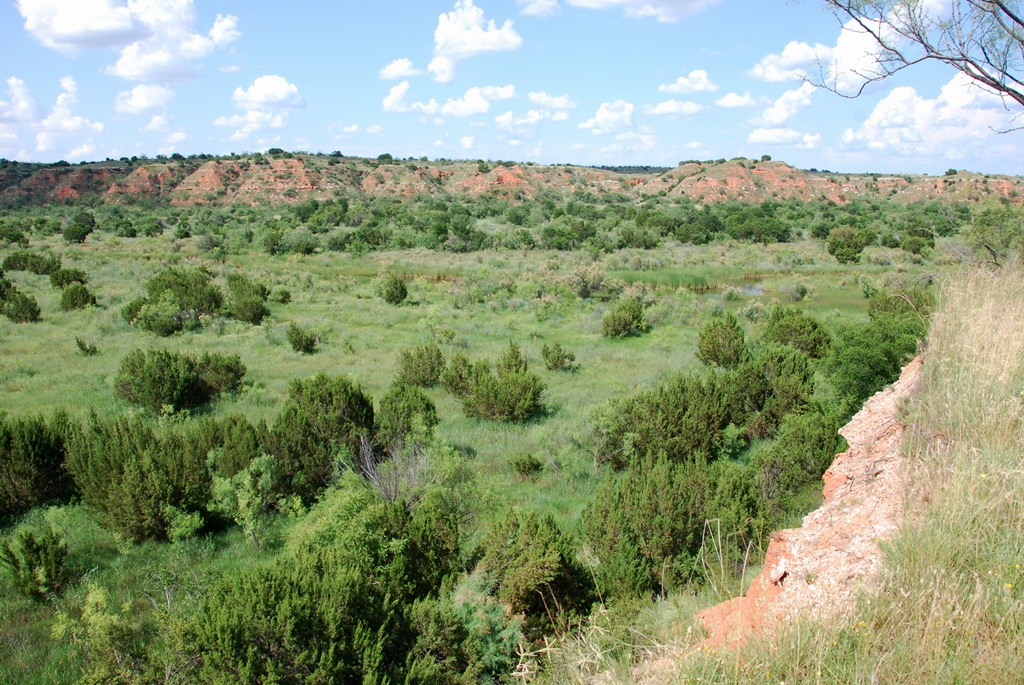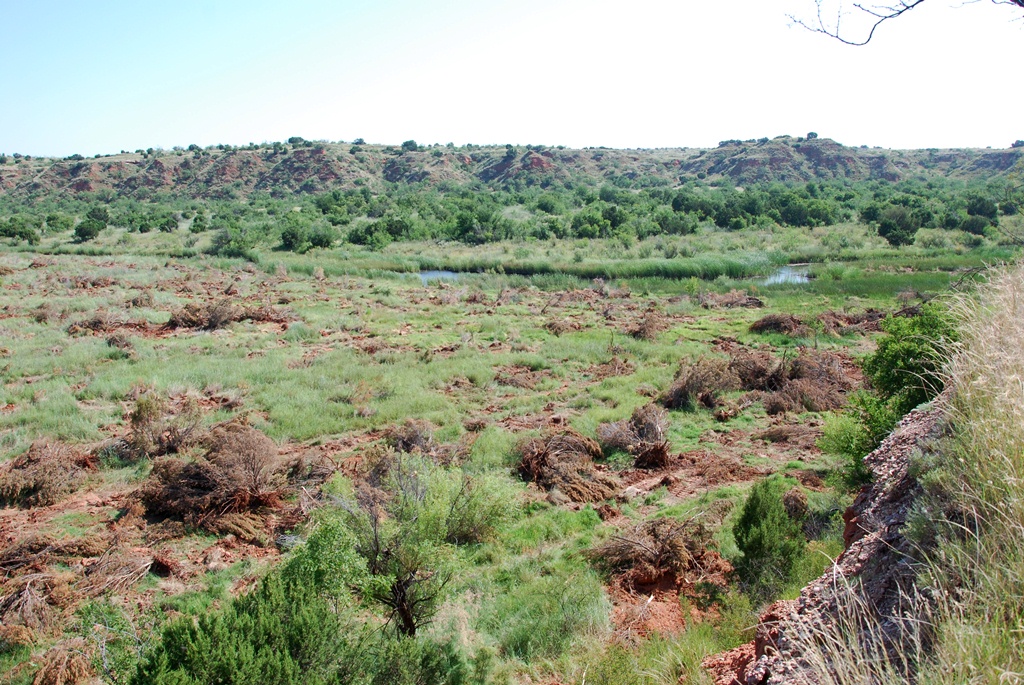Healthy Habitats, Healthy Harvests on Texas’ Matador WMA
Since 2017, the Middle Pease River Riparian Habitat Enhancement has conserved or enhanced 427 acres of riparian habitat and 154 acres of upland habitat.
The NWTF is continuing its longstanding partnership with the Texas Parks and Wildlife Department on the Matador Wildlife Management Area in Cottle County, Texas, located in the NWTF’s Great Open Spaces region of America’s Big Six of Conservation.
The NWTF Texas State Chapter has been funding TPWD habitat enhancement projects on the WMA for the last decade, and since 2017, the two have been working specifically on the Middle Pease River Riparian Habitat Enhancement project.
The Matador WMA was purchased in 1959 with Pittman-Robertson funds for the specific purposes of wildlife research, wildlife management and public use, including turkey hunting, and has since been enjoyed by Texans and nonresidents alike.
In addition to Rio Grande wild turkeys, the WMA is home to many other game and nongame species, including bobwhite quail, mule deer, white-tailed deer and even mountain lions, among many others.
Cottonwood trees, rivers, thick grasses — the structures in the Matador WMA provide wild turkeys an assortment of excellent roosting, foraging and nesting habitat.
However, some invasive tree and shrub species have become too dense, which limits the ability for turkeys to use the habitat and reduces the overall quality for many species.
To improve the habitat conditions and overall health of the ecosystem, the NWTF and TPWD are thinning invasive tree and shrub species, including honey mesquite, red-berry juniper and saltcedar.


The management includes aerial herbicide applications and mechanical grubbing, which is the process of using large equipment to pull vegetation and its root system from the ground to prevent any regrowth, and burning the piles.
“This project benefits wild turkeys by removing the undesirable woody understory species that have encroached on the groves of large cottonwood trees, which serve as roosting sites,” said Annie Farrell, NWTF district biologist for Texas, Oklahoma, Kansas and Nebraska. “Once the work is completed, it reduces competition for desirable trees, like cottonwoods, and promotes the native bunchgrass and forb cover in the understory to improve nesting and brood-rearing habitat.”
Since 2017, the project has conserved or enhanced 427 acres of riparian habitat (habitat near water sources) and 154 acres of upland habitat.


In addition to benefitting wildlife and increasing opportunities for hunters and outdoors enthusiasts, the work on the WMA is being used as a demonstration site for public outreach events, such as landowner workshops and field days.

“These improvements done on the Matador really showcase how land management done right benefits wildlife, recreation and overall ecosystem health,” Farrell said. “We are proud to partner with TPWD on projects like this all over Texas.”
